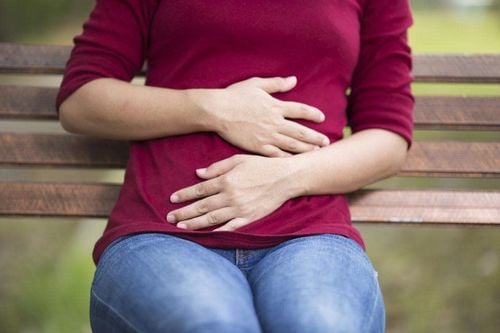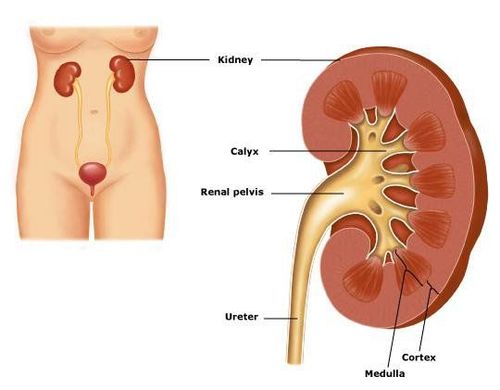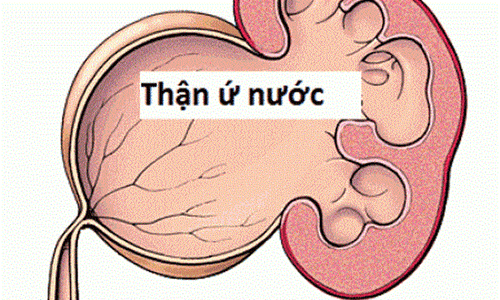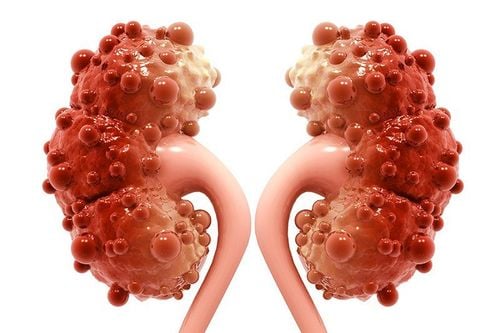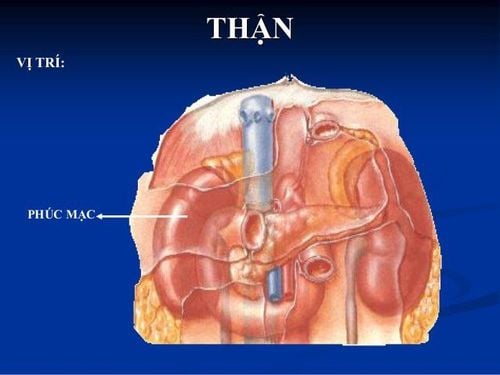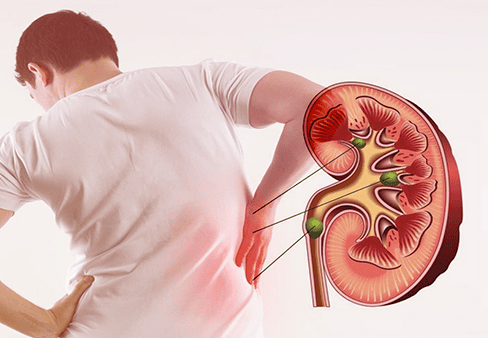This is an automatically translated article.
The article was professionally consulted by Specialist Doctor I Nguyen Hung - Department of Medical Examination & Internal Medicine - Vinmec Danang International Hospital.The kidneys are responsible for maintaining the balance of water and electrolytes in the body, and at the same time excreting some toxins from the body through the urine. From the renal pelvis, urine flows down the ureter to the bladder and is excreted. However, if for some reason such as inflammation, stones, fibrosis... a kidney unit is blocked, the urine is trapped to form a kidney cyst.
1. What is a kidney cyst?
Renal cysts are abnormal masses that appear on the surface of the kidney, which may have 1 or more cysts on the kidney. The inside of these kidney cysts usually contains a lot of fluid (the fluid in the kidney cyst is usually clear). The renal cysts are located independently of the renal calyx and have various shapes that alter the outer surface of the kidney.The cause of renal cysts is still unknown, it may be due to structural destruction of the renal tubules or lack of blood supply to the kidney or the diverticulum from the renal tubule may separate to form a renal cyst.
Renal cyst disease is divided into 3 types:
Isolated kidney cyst: This is a type of only 1 abnormal fluid in the kidney, appearing on one or both sides, usually does not cause any complications and usually has no symptoms proof. Polycystic kidney: Similar to solitary cystic kidney disease but has multiple cysts and occurs by obstruction of multiple renal units. Polycystic kidney: Should be monitored every 6 months through ultrasound. When causing painful symptoms, an infection requires intervention from a urologist.
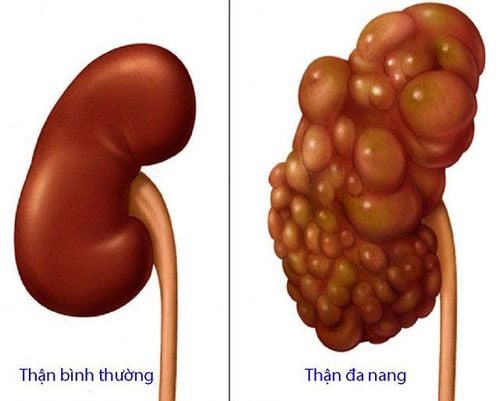
2. How do kidney cysts form?
Accordingly, the human body has 2 bean-shaped kidneys located on 2 sides. The kidneys are responsible for maintaining the balance of water and electrolytes in the body, and at the same time excreting some toxins from the body through the urine. The kidneys are made up of many renal units, each of which is responsible for filtering, reabsorption, and excretion of urine into the renal pelvis.From the renal pelvis, urine will flow down the ureter to the bladder and excreted. However, if for some reason such as inflammation, kidney stones, fibrosis... a kidney unit is blocked, the urine becomes stagnant and forms a water-filled sac called a renal cyst.
Renal cysts are benign, have few clinical manifestations, are often detected by ultrasound, can clearly see hollow hollow cysts, clear cyst walls, thin and soft. Renal cystic disease usually progresses slowly, with few complications. The disease is benign in nature and progresses silently. In some cases, the cyst is large and causes a lot of pain or there are new complications, it is necessary to intervene promptly to avoid dangerous complications.
3. Symptoms and complications of kidney cysts
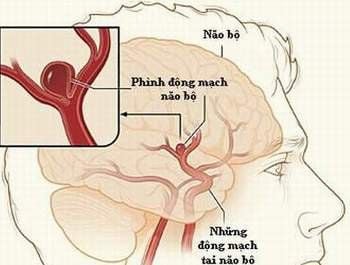
Pain in the flank or flank if the large cyst compresses other organs with hematuria When there is infection in the kidney cyst or bleeding will cause fever, pain and chills, the pain can be severe Increased blood pressure if there is compression of the renal artery Patients with enlarged kidneys and palpable on physical examination Complications of renal cysts may include:
Abdominal and flank pain due to infection, bleeding in the cyst, or kidney stones. Gross hematuria is caused by rupture of a cyst into the renal pelvis, but it can also be caused by a kidney stone or an infection. This complication goes away after 7 days of lying down and drinking lots of water. Urinary tract infection: When the patient has flank pain, fever, leukocytosis, there is a possibility of cystic infection, so it is necessary to treat with antibiotics. Kidney stones: According to statistics, about 20% of patients have complications into kidney stones, mainly calcium oxalate stones; In this case, you need to drink a lot of water (2-3L/day). Hypertension: About 50% of patients have high blood pressure at first visit. The rest will also develop hypertension during the course of the disease. Cerebral Aneurysm: There may be a brain aneurysm in the ring of Willis. Other complications such as: Mitral valve prolapse, aortic valve malformation. In addition, these patients are prone to colonic diverticulum.
4. Methods of treating kidney cysts
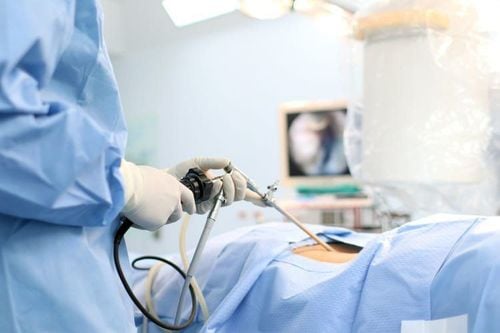
Please dial HOTLINE for more information or register for an appointment HERE. Download MyVinmec app to make appointments faster and to manage your bookings easily.





